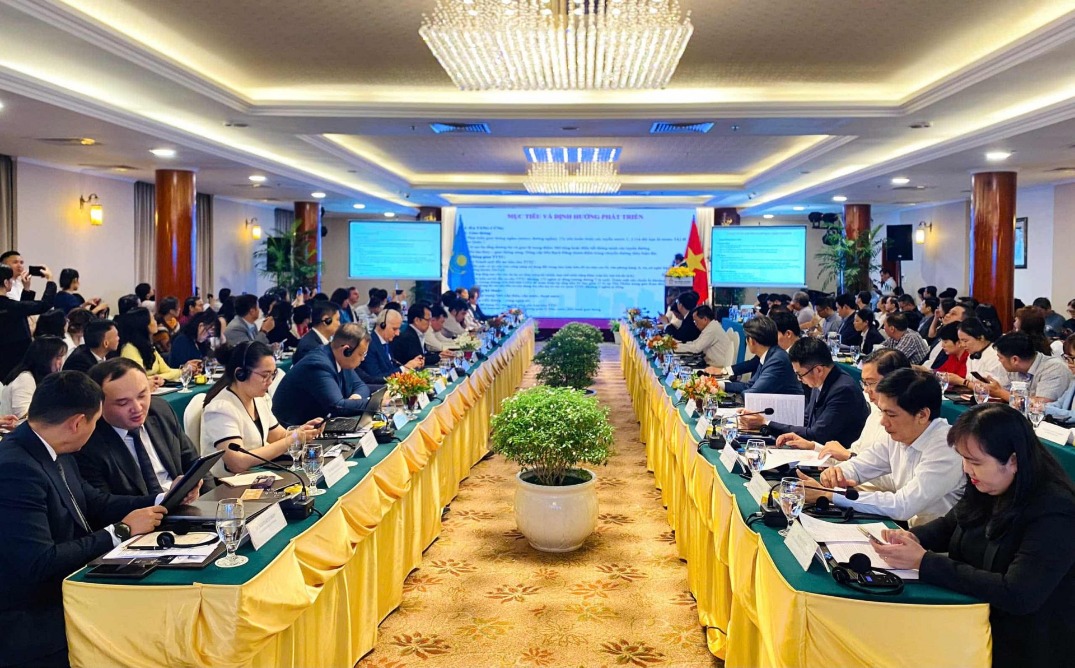HCMC – HCMC is planning to invest around VND172 trillion, equivalent to US$7 billion, in developing an international financial center, according to the HCMC Department of Finance.
The HCMC People’s Committee, in collaboration with the Astana International Financial Centre, held a business roundtable between HCMC and Astana, Kazakhstan, on July 15, to discuss cooperation in developing the international financial center.
Regarding the investment, local authorities said that in the initial phase, around VND16 trillion will be needed over the next two to three years to complete infrastructure in the core zone, including 11 land lots in Thu Thiem.
Of this amount, about VND2 trillion will be allocated to construct the headquarters for key regulatory and administrative bodies of the financial center.
According to Dinh Khac Huy, deputy director of the city’s Department of Finance, the international financial center in HCMC aims to attract international investment capital, particularly long-term funding and multinational financial corporations.
It also seeks to build a comprehensive financial ecosystem encompassing international banking, the stock market, fintech, and global asset management.
Huy revealed that the international financial center in HCMC will span a total area of 793 hectares, encompassing 20 hectares in Ben Thanh Ward, 146 hectares in Saigon Ward, 563 hectares in Thu Thiem, and 64 hectares along the Saigon River.
The core zone, covering 9.2 hectares in Thu Thiem, will serve as the location for the center’s key regulatory, supervisory, and judicial authorities.
Currently, Saigon Ward and Ben Thanh Ward serve as the existing financial hub, where activities such as foreign exchange, fintech, digital transactions, finance, and logistics are concentrated.
The expanded area will include buildings that already house major insurance, financial, and banking companies, such as the 31-story Saigon Trade Center, Prudential Headquarters, MPlaza, Techcombank Tower, and Saigon Tower.
HCMC has set specific goals and development directions for its international financial center, with a clear strategy to advance both hard and soft infrastructure.
Regarding hard infrastructure, Huy noted that the city will focus on developing underground transportation systems, such as metro lines and underground roads, prioritizing the completion of Metro Lines 1 and 2, and in the long term, Line 3A, which passes through the former District 1 area.
Additionally, the city plans to upgrade major roads and key intersections, expand or implement smart traffic management for certain routes, and renovate Bach Dang Wharf into a modern waterway transit hub.
HCMC will upgrade not only its electricity, water supply, and drainage systems, but also its telecommunications and digital infrastructure. The city plans to install a 5G network and broadcasting stations to ensure full coverage across the financial center. In addition, Internet of Things (IoT) technologies will be integrated into the management of electricity, water, and traffic operations.
In addition, to develop a workforce that meets international standards, the city plans to attract and train high-quality personnel through partnerships with universities.
It will also collaborate internationally to bring in foreign experts under a human resource development strategy for the international financial center currently being implemented by the Institute for Development Studies.











